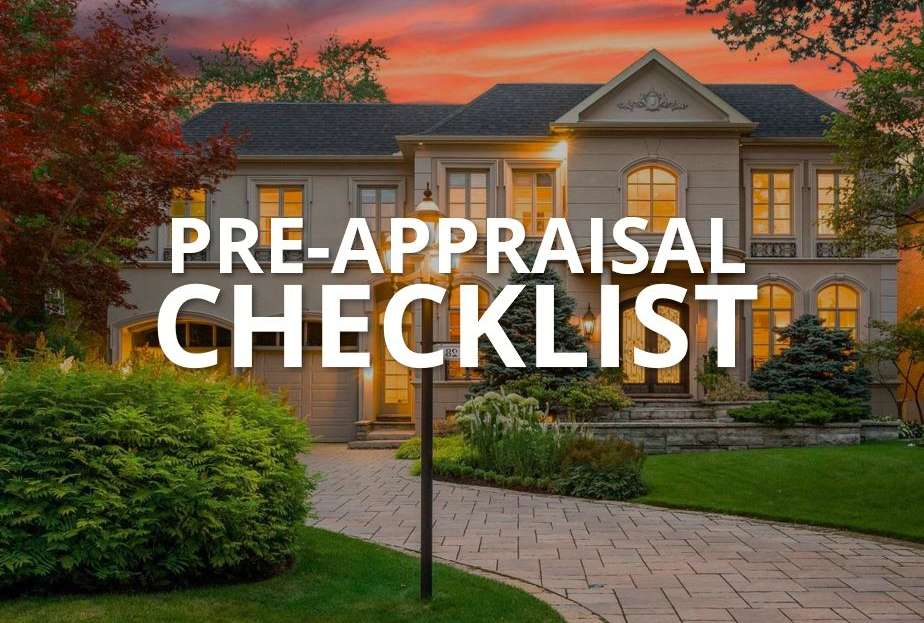A few simple tips to help your appraisal go more smoothly
“We’re refinancing our mortgage and they’re sending out an appraiser this week. What should we do to ensure that our appraisal goes smoothly?”
As we’ve discussed before, professional appraisers are trained to see beyond a few dirty dishes in the sink and even that fucshia accent wall in the living room that you painted to celebrate the Barbie movie, so you don’t have to ‘prepare’ for your appraisal by spending 3 days cleaning or painting everything white.
However, there are a couple of ways you can ensure that your appraisal goes as smoothly as possible: Ensuring your home shows to its best advantage and ensuring that the appraiser has all the information they need to arrive at an accurate valuation.
Showing your home to its best advantage
Ensuring that your home puts its best foot forward means ensuring that the appraiser isn’t distracted by ‘defects’ or items that clearly need repair. Again, this doesn’t mean you have to spend thousands renovating; it’s about addressing the little things that can distract an appraiser and start to add up when they are comparing your home to others in the neighbourhood for the final valuation.
Exterior items that should be addressed prior to an appraisal:
- If there is outdoor space, ensure that grass is mowed, edges are neat, and gardens are tidy
- Remove garbage and debris from the outside, especially in the front of the home (piles of building materials or that rusting stove can raise questions about whether there are foundation or soil issues)
- Ensure exterior doors are clean and working properly
- Ensure that the appraiser can get from their car/parking area to your front door easily (i.e. remove obstacles or garbage)
- Replace any exterior lightbulbs that may have burned out
- If windows are looking especially dirty, you may want to give them a clean
Interior items that should be addressed prior to an appraisal:
- Ensure that the appraiser can access all areas of the home: Remove clutter from doorways and halls, ensure room doors can open and close freely, that basement steps are cleared of tripping hazards, etc.
- Ensure that lightbulbs are working throughout the residence
- Minor repairs like dripping faucets should be addressed if at all possible
- Damage like a hole in the drywall or a missing board on a porch should also be addressed, because they can distract from an otherwise good-condition property or cause the appraiser to make deductions for ‘unknown condition’
How to handle the things you can’t fix (and those that you have fixed)
If the home is being sold with known issues – an older roof that may need updating in the next year or two, an electrical panel that needs to be updated to be comparable to other homes in the neighbourhood, etc. – no one is expecting you to undertake these projects (and you shouldn’t conceal them). The goal of an appraisal is to establish the market value of your property as it is.
However, the appraisal is likely to go more smoothly – and be more accurate – if you can provide the appraiser with things like:
- Documentation of any work you’ve already done on the property (receipts for repairs, inspection reports and work orders for major items that have been renovated, etc.)
- Documentation of materials you may have used (receipts for things like insulation, to demonstrate that you’ve used the right product, etc.)
- Quotes from licensed contractors for anything you are planning to have fixed but haven’t done yet (like a crack in the foundation, replacing soffits and fascia, etc.). These are helpful data points for the appraiser when he’s creating adjustments against comparable sales in the area.
Don’t worry too much!
While we’ve all heard the odd appraisal-related horror story, the truth is that 99.9% of appraisers (and the financial institutions that engage them on your behalf) have a single goal: To arrive at a fair and accurate market value for your property.


